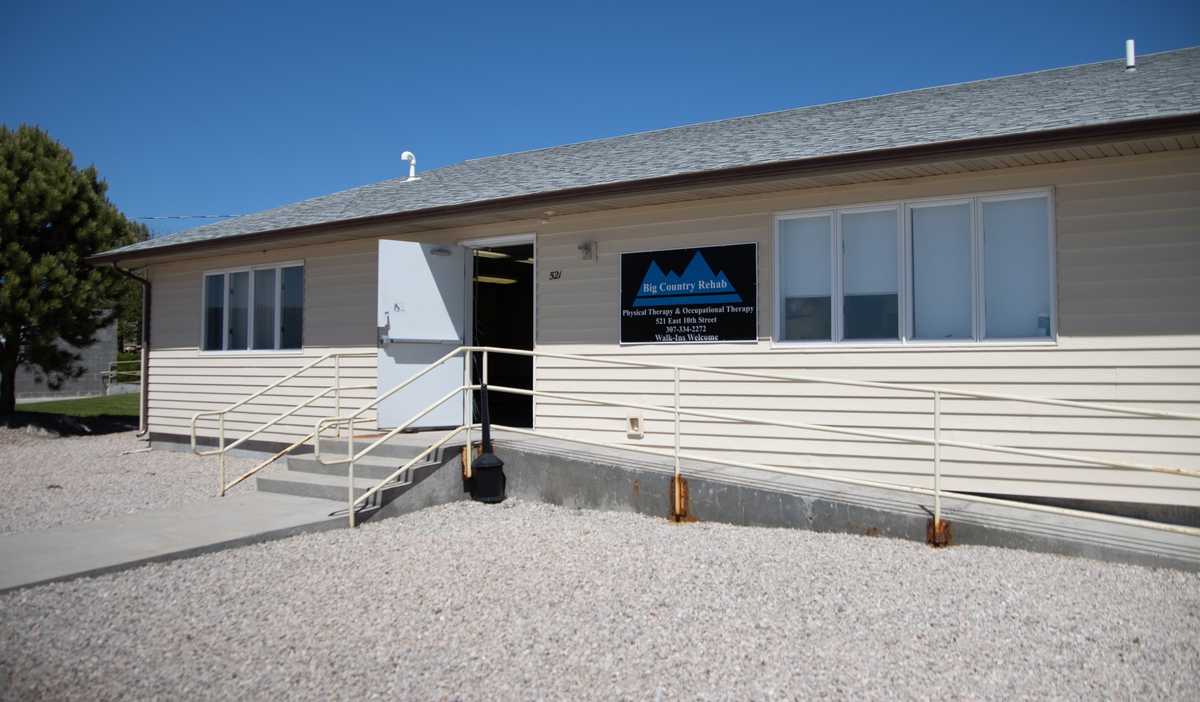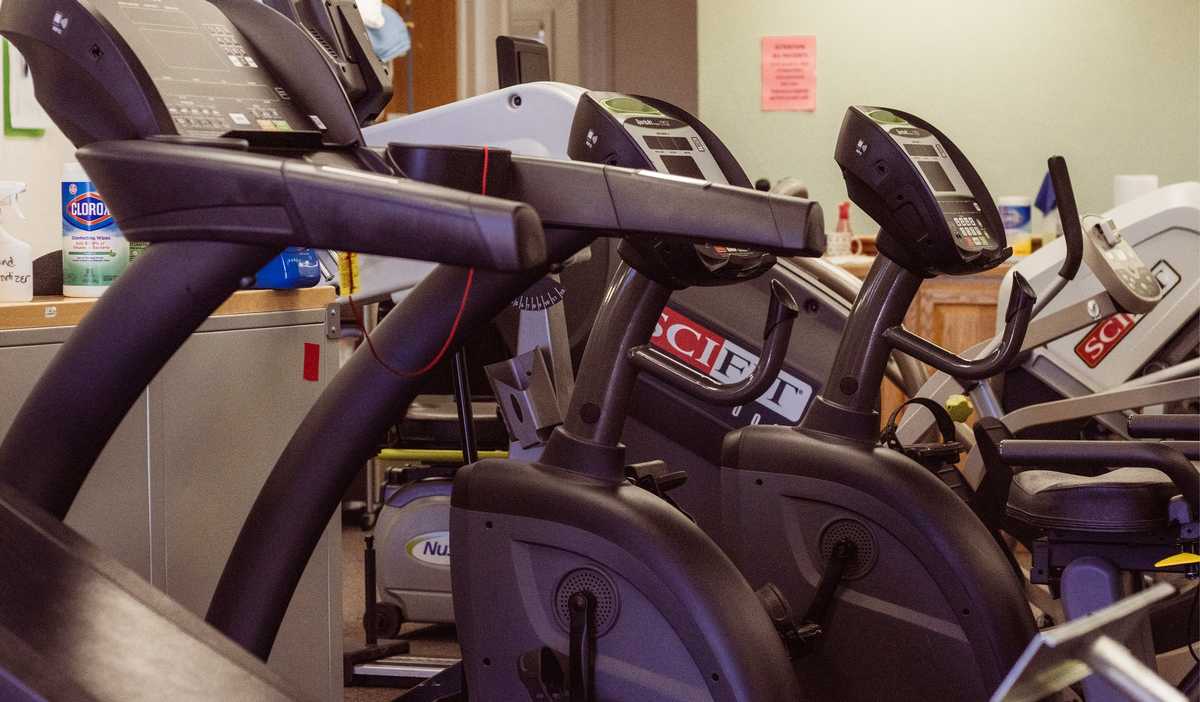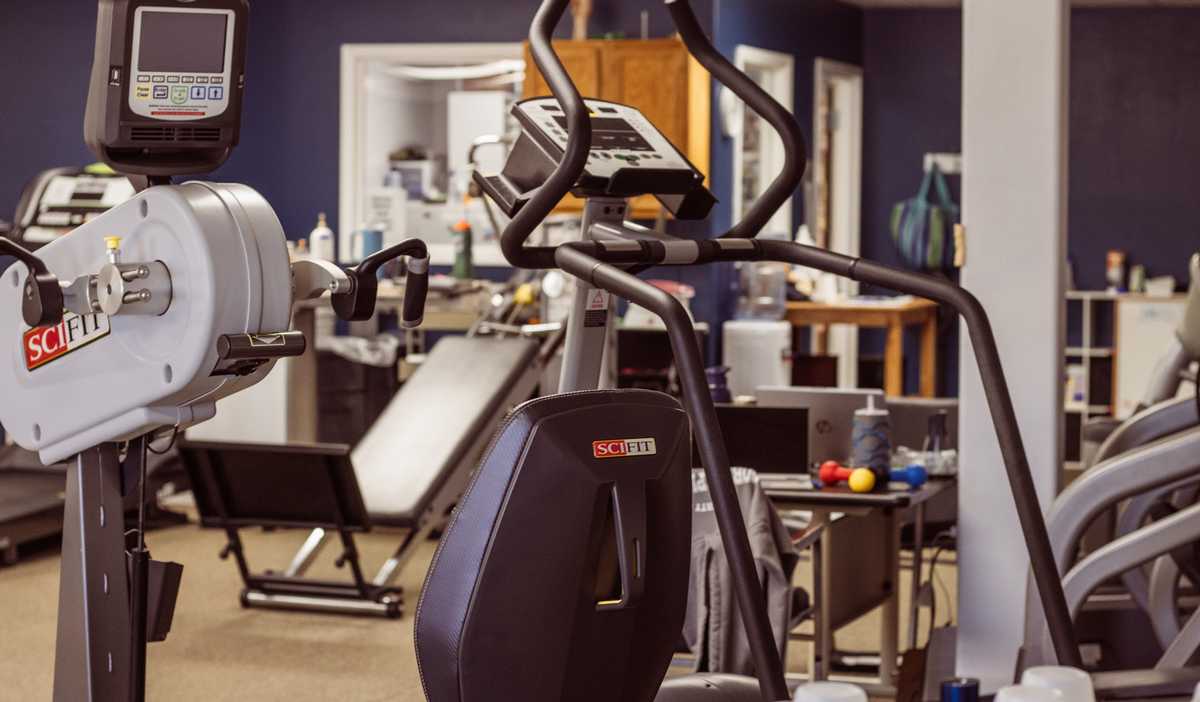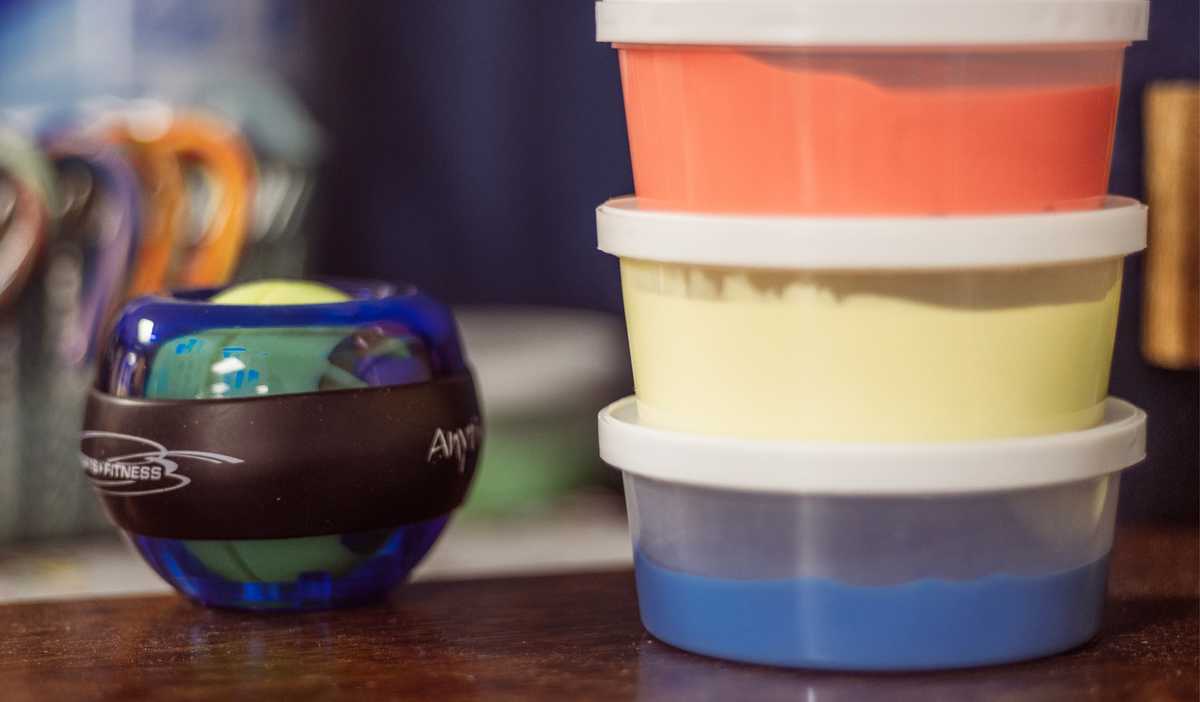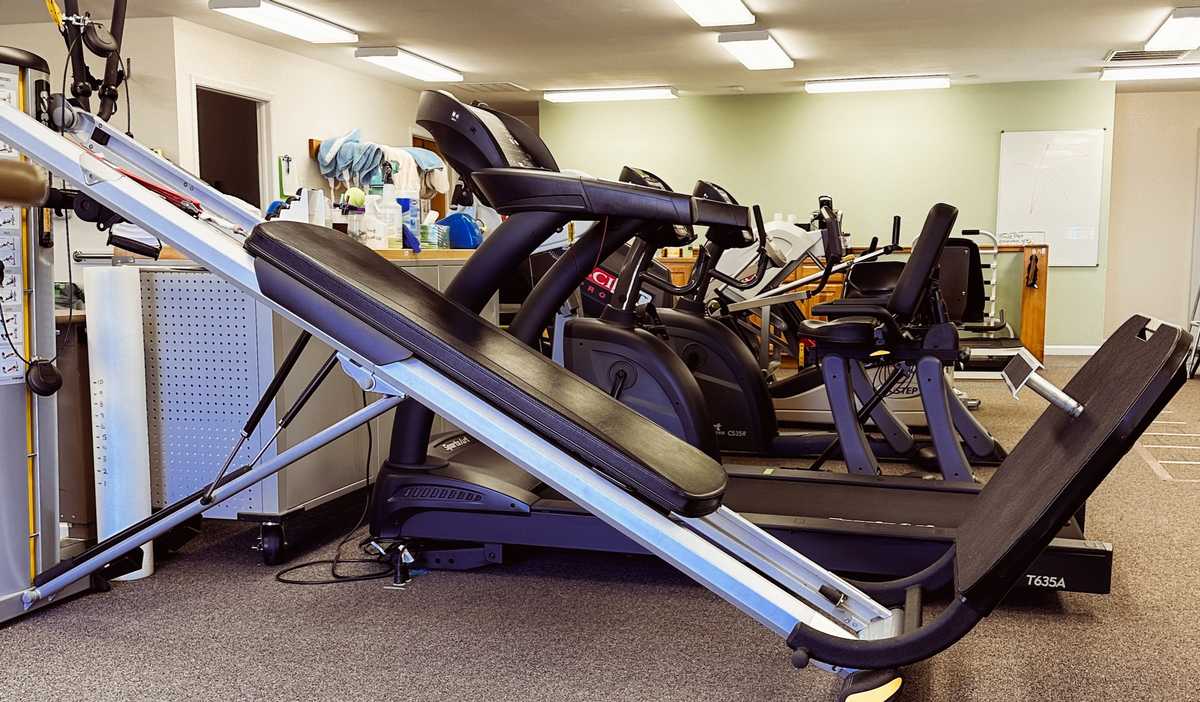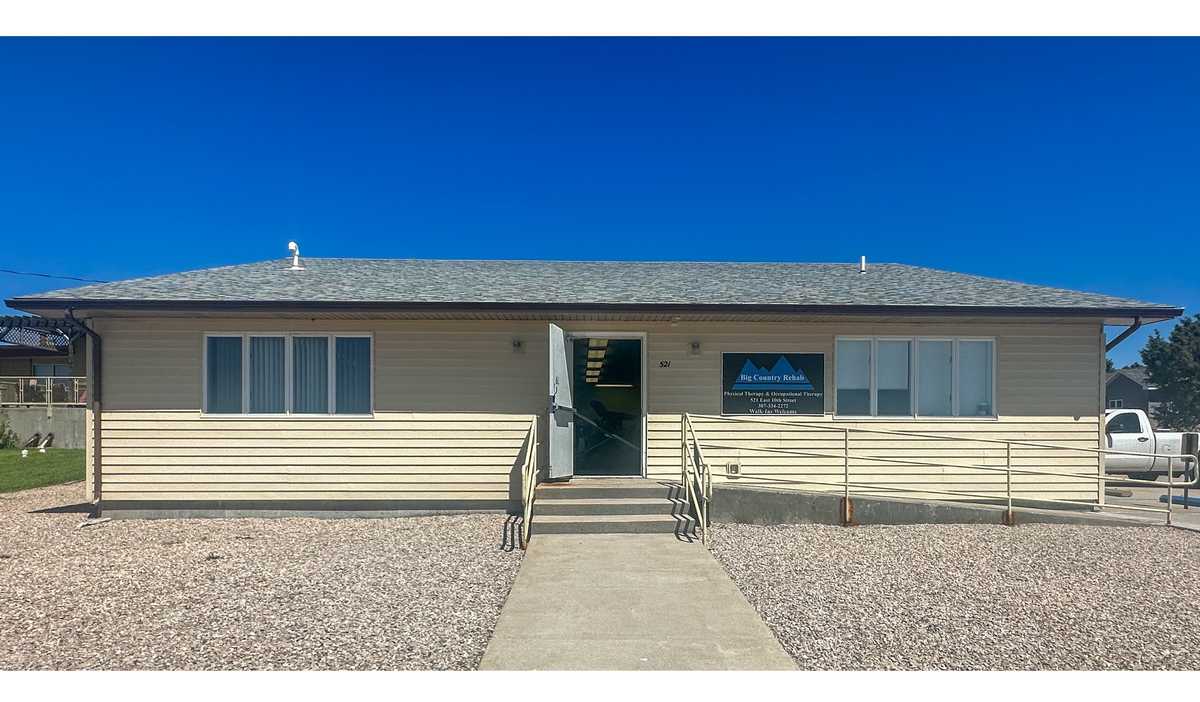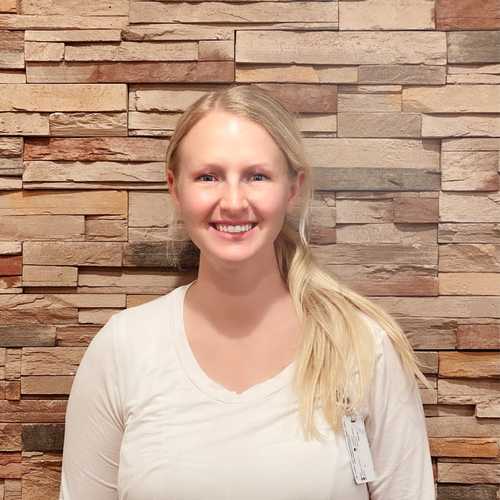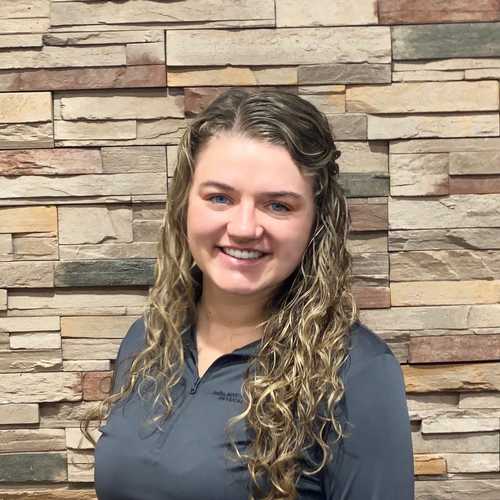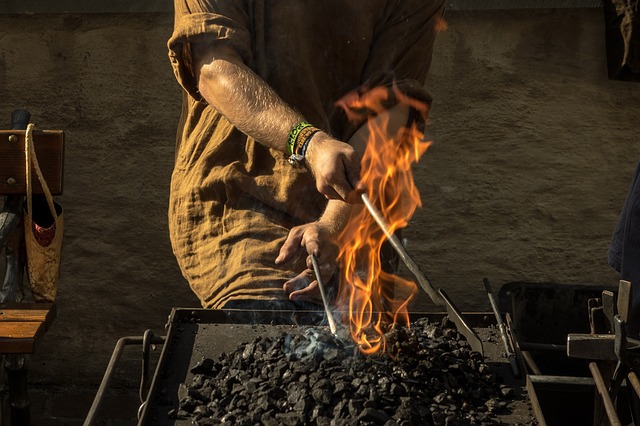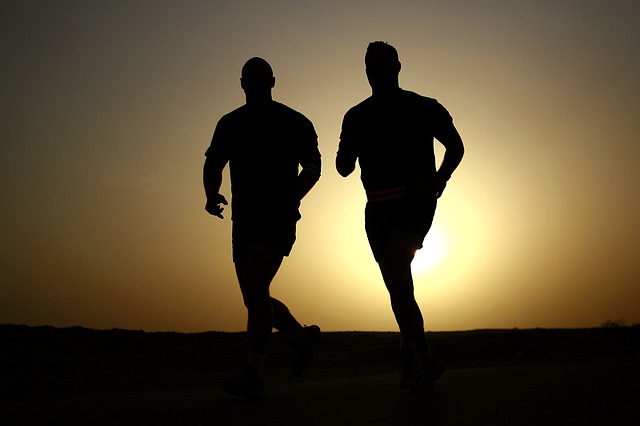Big Country Rehabilitation - Lusk
Big Country Rehabilitation, LLC is located in Lusk and provides a comprehensive outpatient facility, including a fitness center available to the general public. Our clinic offers various services including outpatient and inpatient care as well as in-home care, public school services, early childhood development.
Some of the services we provide include: Orthopedic and sports medicine treatments, spinal cord and extremity joint mobilization, postural re-education, core strengthening, kineso-taping, aquatic and pool therapy, wound care, orthotic fitting and casting, custom extremity splinting, spinal cord and neuro rehab, work harding, functional capacity evaluations, myofascial release, women's health, urinary incontinence training, TMJ evaluations and treatments.
Our Lusk Clinic, is the primary source of physical therapy in Niobrara County and our staff has experience working in the rural Wyoming Country for over 20 years.
Location Details
Hours: Tues, Thurs, & Fri: 8:00AM - 4:00PM
Fax: 307-334-2280
Services Offered
- Arthritis Pain
- Back Pain
- Back School Presentations
- Balance and Vestibular Rehab
- Biofeedback
- Biomechanical Gait Analysis
- Body Mechanics Training
- Chronic Pain
- Cognitive Evaluations & Treatment
- Cupping Therapy
- Custom Foot Orthotics
- Custom Splinting
- Driving Evaluations
- Ergonomic & Worksite Evaluations
- Fine Motor Dexterity
- Graston Techniques
- Hand Therapy
- Headache
- Kinesio taping
- Modalities
- Myofacial Techniques
- Neck Pain
- Neurological Services
- Oral Motor Control
- Orthotic Fabrication
- Orthopedic Service
- Pediatric Therapy
- Pool Therapy
- Post Cancer Treatment
- Pre/Post Surgical Rehab
- Return to Sport Exercise Programs
- Self-Care Skills
- Sensory Integration
- SFMA - Selective Functional Movement Assessment
- Spine Care
- Sports Medicine
- Stroke Rehabilitation
- Swallow Evaluations
- Swallow Strengthening
- Tendonitis
- TMJ
- Torticollis
- Trigger Point Dry Needling
- Vestibular Rehabilitation
- Women's Health
- Work Hardening/Conditioning
- Work Injuries
- Worksaver Certified Work Physicals
- Wound Care
Latest News & Info
Types of Skin Burns and How Lusk Physical Therapy and All Other Locations Assists with Recovery
July 12, 2017
Four Types of Burns
The four types of burns are first-, second-, third- and fourth degree. Each type of burn depends on how badly the skin is affected by the burn. First-degree burns only affect the outer part of your skin. While painful, they usually only make the outside of your skin red and are irritable for a few days. Once a burn penetrates a layer into your skin, it becomes a second-degree burn. Signs of this burn include a blistering of the skin and swelling. Third-degree burns occur in extreme situations, including being exposed to fire, extremely hot liquids, or chemicals. In this case, the skin can turn a variety of colors such as white, yellow, brown, or even black. The area swells and becomes extremely dry. In some cases, the damage of a burn can be so severe so quickly that a person may not even feel pain because nerve endings become damaged. A fourth-degree burn is when a burn is so severe that it damages muscles and bones.What to Do If You Get a Burn
Upon getting a minor burn, immediately submerge the area in cool water for up to 15 minutes. If the area blisters, be careful to not break them. If they break on their own, gently wash the area, use an antibiotic cream and use a gauze to cover it to allow it to heal. For third-degree or fourth-degree burns, it is important to call 911 or go to an immediate care or emergency room as quickly as you can. With either of these serious burns, you may have trouble breathing, or if you were in a fire, carbon monoxide and other toxic fumes may have been inhaled. Do not be afraid to call for help and have an ambulance come to you to avoid putting others in danger by trying to get to a nearby hospital. By exploring WebMD’s thermal burns treatment, you can learn more about different types of burn and what you may experience, or how to help others.
Local physical therapy is essential for a recovery from serious burns. Your physical therapist will help properly dress burns and work with you to help increase your range of motion as you recover. When working with them, the quality of the areas affected will heal quicker and will also help to reduce scarring.
If you have sustained a serious burn injury, North Platte Physical Therapy’s wound and burn care services will help you make a recovery. Contact us today to learn how we can help you or your loved one.
Physical Therapist in Wyoming Explains the Difference Between Stretching and Warming Up
March 22, 2017
Stretching
Stretching on a regular basis can help improve your flexibility and increase your range of motion. Additionally, stretching can relieve tension that you may be holding in your muscles and make you feel less stressed out. It can also help you keep your muscles loose so you don’t feel any aches or pains after a tough workout. If you are experiencing pain related to bad posture, stretching can also help you realign your body so you can correct your posture problems and prevent future pain.The American College of Sports Medicine recommends that you stretch at least two times per week, and even more if you are elderly or exercising on a daily basis. It is best to think of stretching as something that should be part of your everyday life instead of limiting it to only before and after workouts. Learn how to stretch here.
Warming Up
Although many athletes often say they injured themselves because they forgot to stretch prior to a workout, they could be mistaken. Many injuries are actually caused by not properly warming up. What is warming up? Before engaging in any type of physical activity, you should get your body ready by starting off slow to gently engage each group of muscles and prepare them for a more strenuous workout. When you warm up, your heart rate starts to increase, which means your muscles will receive more nutrients and oxygen. Warming up also increases your body temperature, which leads to your muscles becoming more pliable, and thus lowering the risk of injury.Although stretching and warming up both increase the flexibility of your muscles, warming up goes one step further by getting your whole body prepared for the workout. So, the next time you plan on working out, start off with low intensity cardio by speed walking or going for a slow jog. It’s best to warm up for about 10-15 minutes so your heart rate and temperature have enough time to increase and get your body ready for the work ahead. Getting into the habit of warming up before you exercise can keep you healthy and injury-free!
At North Platte Physical Therapy, we’re dedicated to helping clients prevent injuries as they enjoy their favorite physical activities. But accidents happen, so if you do injure yourself while exercising or because of an accident, contact North Platte Physical Therapy to learn more about how we can help you recover. Our staff is praised throughout the Wyoming, and Nebraska areas for our commitment to our clients. We can fulfill comprehensive physical therapy services, and would be happy to customize a treatment plan for your personal needs.
How Children With Autism Benefit From Physical Therapy in Cheyenne WY
March 15, 2017
Imitation Skills
Children who have autism often do not develop imitation skills on their own. What are imitation skills? When children are young, they often imitate what they see people around them doing. These skills will eventually help children socialize and learn to speak, so they are crucial to a child’s development. If your child has not mastered his imitation skills, a physical therapist can help. For example, trained physical therapists can use fun songs such as “Head, Shoulders, Knees, and Toes†to help children learn how to mimic movements. Learn more about imitation skills.Motor Skills
Children with autism typically have limited motor skills, which makes it difficult for them to navigate through their daily lives. A physical therapist can work one-on-one with affected children to help them improve their balance and develop the muscle strength they need to perform daily activities. After attending regular physical therapy sessions, children with autism may see improvements in their ability to sit upright, walk, run, and jump without assistance.Physical therapists can also help children learn how to use these motor skills to play on their own or with others. For example, therapists can work with kids to help them understand how to climb on a playground or kick a ball in a game of soccer. They can also help them improve their motor planning skills. For instance, kids with autism may be able to climb into a swing, but they still might not be able to figure out how to pump their legs to get the swing to move. In this case, a physical therapist can focus on motor planning to fine tune these skills, which will help the child become more socialized as he learns how to play with others.
Posture
If you’ve ever seen a physical therapist after an injury, you know the importance of good posture. Practicing good posture can prevent painful injuries caused by slouching your shoulders or hunching your back. Unfortunately, children with autism often suffer from generalized joint hypermobility (GJH), which can cause weak muscles, and therefore bad posture. A physical therapist can help by correcting any misalignments that are often found in the postures of children with autism and teaching them the importance of sitting up straight to elongate their spines.At North Platte Physical Therapy, we’re dedicated to helping clients of all ages and abilities. If you’re curious about physical therapy, contact North Platte Physical Therapy to learn more about how we can help you and your children live healthier lives. Our staff is praised throughout the Wyoming and Nebraska areas for our commitment to our clients. We can fulfill comprehensive physical therapy services, and would be happy to customize a treatment plan for your personal needs.
